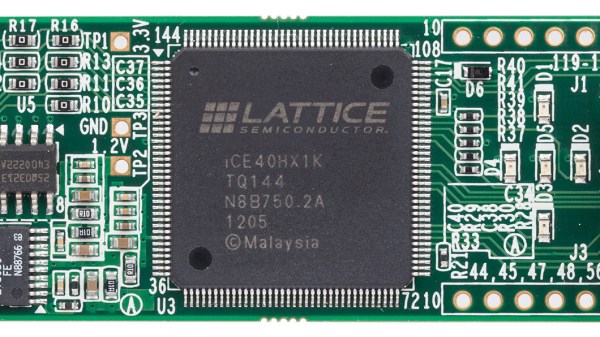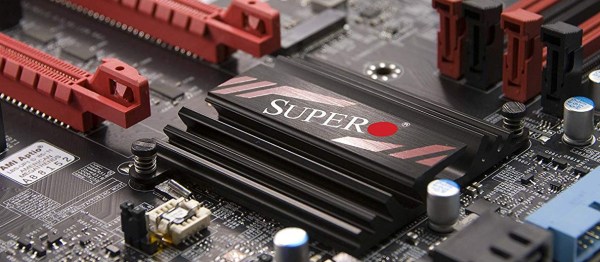Nvidia announced on Sunday evening that it has reached an agreement to acquire Arm Limited from SoftBank for a cool $40 billion.
In this age of headlines that use the b-word in place of nine zeros it’s easy to lose track, so you may be wondering, didn’t SoftBank just buy Arm? That was all the way back in July of 2016 to the tune of $32 billion. SoftBank is a holding company, so that deal didn’t ruffle any feathers, but this week’s move by Nvidia might.
Arm Limited is the company behind the ARM architecture, but they don’t actually produce the chips themselves, instead licensing them to other companies who pay a fee to use the core design and build their own chip around it. Nvidia licenses the ARM core for some of their chips, and with this deal they will be in a position to set terms for how their competitors may license the ARM core. The deal still needs regulatory approval so time will tell if this becomes a kink in the acquisition plan.
There’s a good chance that you’re reading this article on a device that contains an ARM processor because of its dominance in the smartphone and tablet market. Although less common in the laptop market, and nearly unheard of in the desktop market, the tide may be changing as Apple announced early in the summer that their Mac line will be moving to ARM.
Chances are you know the Nvidia name for their role as purveyors of fine graphics cards. They got a major boost as the world ramped up Bitcoin and other cryptocurrency mining hardware which early on was mainly based on the heavy lifting of graphics processors. But the company also has their eye on the ongoing wave of hardware targeting AI applications like computer vision. Nvidia’s line of Jetson boards, marketed for “next-generation autonomous machines”, all feature ARM cores.
Assuming the deal goes through without a hitch, what will be the fallout? Your guess is as good ours. There is certainly a conflict of interest in a company who competes in the ARM market owning the Arm. But it’s impossible to say what efforts they will make to firewall those parts of the business. Some might predict a mass exodus from the ARM ecosystem in favor of an open standard like RISC-V, but that is unlikely in the near-term. Momentum is difficult to overcome — look at how long it took ARM to climb that mountain and it was primarily the advent of a new mobile ecosystem lacking an established dominant player that let ARM thrive.
















